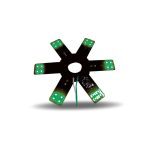Demystifying Integrated LED Light: Understanding Its Meaning and Applications
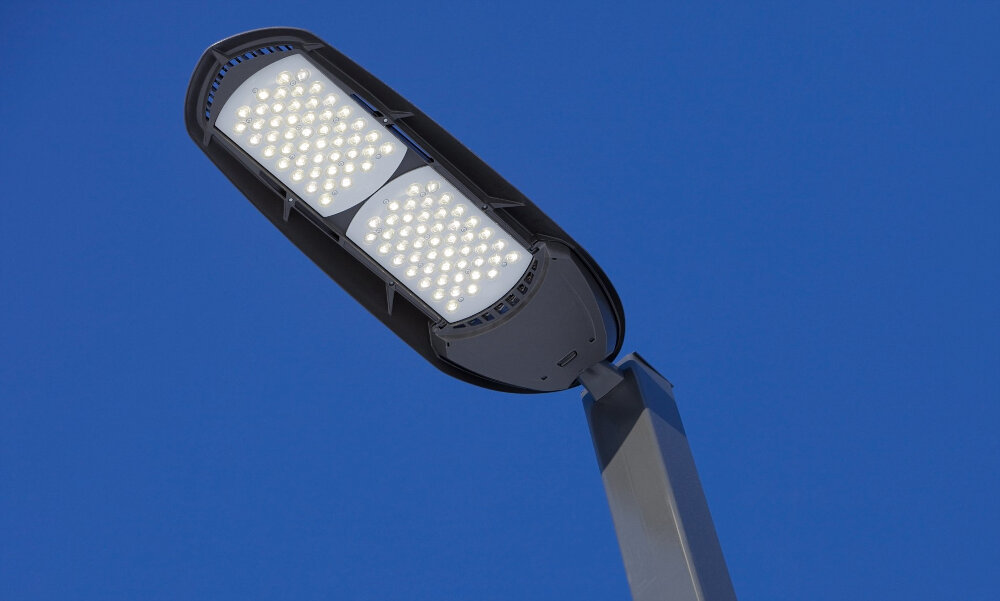
Integrated LED lighting has become increasingly popular in recent years, and for good reason. These lights are often more energy-efficient and cost-effective than traditional lighting options, making them a popular choice for both residential and commercial applications. However, for many people, the concept of integrated LED lighting can be confusing, and they may not fully understand what it is or how it works. In this article, we aim to demystify integrated LED lighting, providing a clear understanding of what it is and how it can be used. We will explore the basics of integrated LED lighting, including what it means, how it works, and the various applications in which it can be used. By the end of this article, you will have a thorough understanding of integrated LED lighting and be equipped to make informed decisions about its use in your home or business.
Integrated LED light refers to a type of lighting fixture that has the LED (light-emitting diode) component built-in and cannot be replaced. This means that the LED is permanently affixed to the fixture itself, and is not intended to be removed or replaced. Integrated LED lights are commonly used in a variety of applications, including residential, commercial, and industrial settings. They are known for their energy efficiency, long lifespan, and low maintenance needs. They are also a popular choice for interior designers and architects, as they provide a sleek, modern look that complements many different styles of decor. Overall, integrated LED lights are a versatile and practical lighting solution that can be used in a wide range of settings.
Integrated LED light is a revolutionary technology that has transformed the lighting industry. It has become an essential component in the development of energy-efficient lighting solutions due to its high luminous efficacy, durability, and versatility. Integrated LED lights use semiconductor materials to convert electrical energy into light, making them more energy-efficient than traditional lighting sources. They are also designed to have a longer lifespan, which reduces maintenance costs and the need for frequent replacements. Furthermore, integrated LED lights offer a wide range of applications, including residential, commercial, and industrial lighting solutions. In addition to their energy-efficient and cost-effective benefits, integrated LED lights are also environmentally friendly, making them an excellent choice for those who want to reduce their carbon footprint. Overall, integrated LED lights have become an essential technology in the modern lighting industry, and their importance is set to increase as more people embrace energy-efficient lighting solutions.
How Integrated LED Light Works
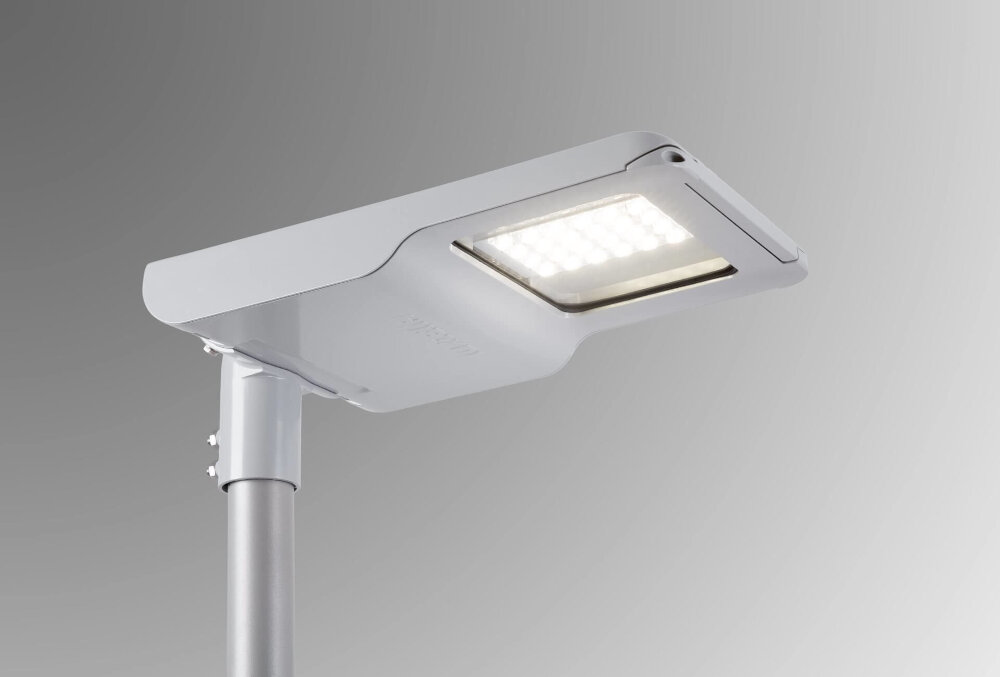
Integrated LED lights are a relatively new addition to the lighting industry, but they have already gained popularity due to their high efficiency, long lifespan, and low energy consumption. These lights work by using a semiconductor material, typically made of gallium arsenide, that emits light when an electrical current passes through it. This process is known as electroluminescence, and it is the basis for all LED lighting. The semiconductor is enclosed within a reflective chamber that directs the emitted light out of the fixture and into the desired space. The efficiency of integrated LED lights comes from the fact that they emit light in a very specific direction, rather than in all directions like traditional bulbs. This means that less energy is wasted as heat or light that is not useful. Additionally, integrated LED lights can be designed to emit specific colors or color temperatures, allowing for customized lighting solutions. Their long lifespan is due to the fact that they do not have a filament that can burn out, and they are not subject to the same wear and tear as traditional bulbs. All of these factors make integrated LED lights an excellent option for a wide range of applications, from residential to commercial and industrial settings.
LED lighting has become increasingly popular in recent years, revolutionizing the lighting industry. LED stands for Light Emitting Diode, and it is a semiconductor device that converts electrical energy into light. The benefits of LED lighting are numerous, including energy efficiency, longer lifespan, and lower maintenance costs. Additionally, LED lights are available in a range of colors and can be dimmed, making them a versatile choice for a variety of applications. Whether it is for residential or commercial use, LED lighting is a smart investment that not only saves money but also contributes to a sustainable future.
Integrated LED light is a lighting system that combines various components to produce light. The main components of an integrated LED light include an LED array, a driver, a heat sink, and a lens. The LED array is a collection of LED chips that produce light when electricity is passed through them. The driver regulates the amount of electricity that flows through the LED array, ensuring that the LEDs are not damaged and that they produce the desired amount of light. The heat sink dissipates the heat produced by the LEDs, preventing them from overheating and extending their lifespan. The lens focuses the light produced by the LEDs, directing it to where it is needed. The combination of these components results in a highly efficient and long-lasting lighting system that is suitable for a range of applications.
Integrated LED lights are becoming increasingly popular due to their numerous advantages. One of the most significant advantages is their energy efficiency. Integrated LED lights use less energy and have a longer lifespan than traditional lighting sources. Additionally, they are more cost-effective in the long run as they require less maintenance and replacement. Integrated LED lights are also versatile and can be designed to fit a variety of applications, from residential to commercial settings. They are available in different shapes, sizes, and colors, making them suitable for a wide range of lighting needs. Another advantage is their eco-friendliness, as they do not contain harmful materials such as mercury or lead. Overall, integrated LED lights offer a superior lighting solution that is energy-efficient, cost-effective, versatile, and eco-friendly.
Applications of Integrated LED Light
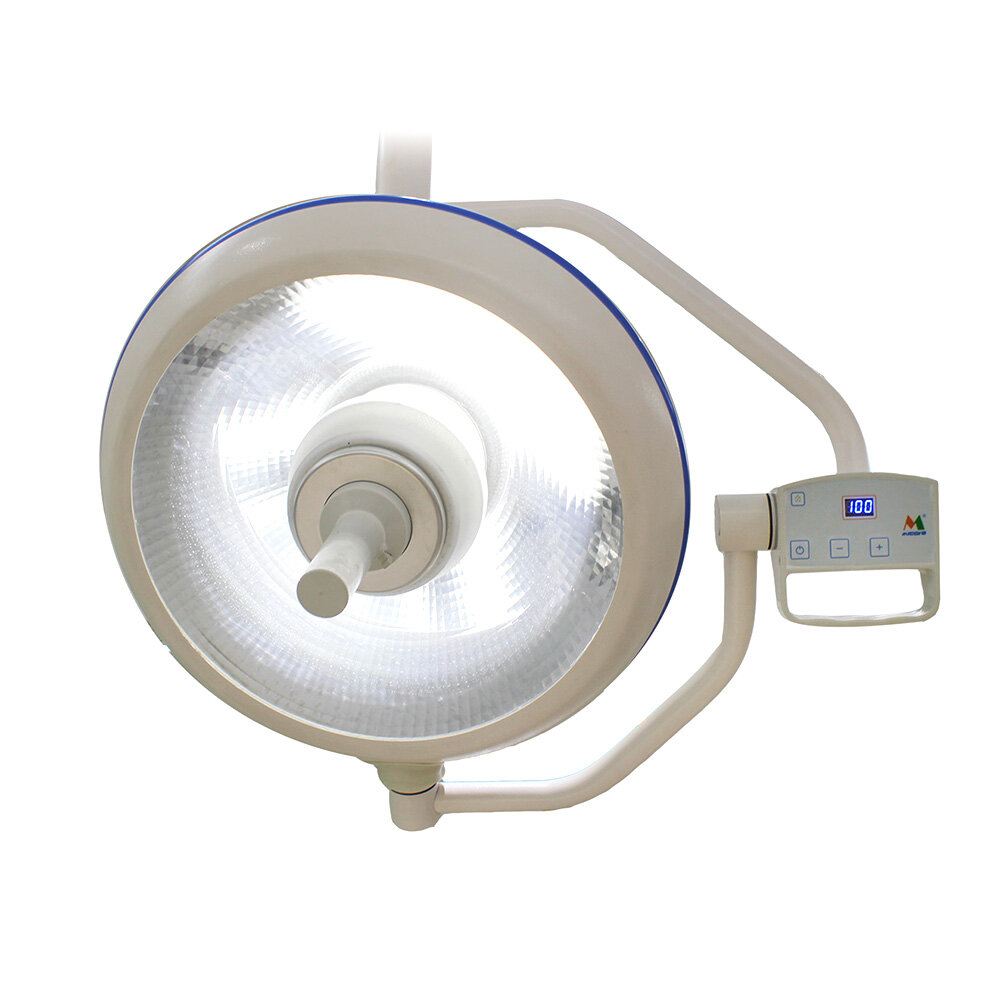
Integrated LED light is a revolutionary technology that has revolutionized the lighting industry. The applications of integrated LED light are vast and varied, making it the perfect lighting solution for many different environments. One of the most popular applications of integrated LED light is in home lighting. Integrated LED lights are perfect for use in ceiling fixtures, wall sconces, and other decorative lighting applications. They provide bright, energy-efficient light that is perfect for illuminating any room in your home. Integrated LED light also has a long lifespan, which means that you won’t have to replace your bulbs as often as you would with traditional lighting solutions. Another popular application of integrated LED light is in commercial and industrial settings. Integrated LED lights are perfect for use in warehouses, factories, and other industrial environments where bright, reliable light is required. They are also ideal for use in retail stores, where they can be used to highlight products and create a welcoming environment for shoppers. Integrated LED light is also perfect for use in outdoor lighting applications, such as streetlights and parking lot lights. They provide bright, energy-efficient light that is perfect for illuminating large areas, while also being durable enough to withstand harsh weather conditions. Overall, the applications of integrated LED light are vast and varied, making it the perfect lighting solution for many different environments.
Integrated LED lights have a wide range of applications, and one of the most common is in residential settings. These lights can be used for both indoor and outdoor lighting, providing an energy-efficient and long-lasting solution for homeowners. In indoor settings, integrated LED lights can be used for general illumination, task lighting, and accent lighting, creating a comfortable and inviting atmosphere. Outdoor applications include landscape lighting, pathway lighting, and security lighting, enhancing the aesthetic appeal of the property while also providing safety and security. With their low energy consumption, long lifespan, and flexibility in design, integrated LED lights have become a popular choice for homeowners looking to upgrade their lighting systems.
Integrated LED lights have various commercial applications, making it a popular choice among business owners. These lights provide an energy-efficient and cost-effective lighting solution for commercial spaces such as retail stores, offices, and warehouses. With their long lifespan and low maintenance requirements, they offer significant cost savings in terms of replacement and maintenance costs. Additionally, integrated LED lights can be customized to fit specific lighting needs, such as color temperature and brightness. This flexibility in design and function makes them an ideal lighting solution for commercial spaces that require task lighting, ambient lighting, and accent lighting. Overall, integrated LED lights have become a go-to choice for businesses looking to save money while enhancing the functionality and aesthetics of their commercial space.
Integrated LED lights have a variety of outdoor applications due to their durability, energy efficiency, and versatility. They are commonly used for landscape lighting, security lighting, and outdoor signage. Integrated LED lights are ideal for landscape lighting as they can be easily installed in pathways, steps, and garden beds to create a warm and inviting ambiance. Similarly, their bright and energy-efficient nature makes them well-suited for security lighting, which is essential for outdoor areas that require monitoring. Finally, integrated LED lights are an excellent option for outdoor signage as they can be shaped and molded to create custom designs that are both eye-catching and cost-effective. With their advanced technology and eco-friendly features, integrated LED lights are a smart choice for any outdoor lighting needs.
Factors to Consider When Choosing Integrated LED Light
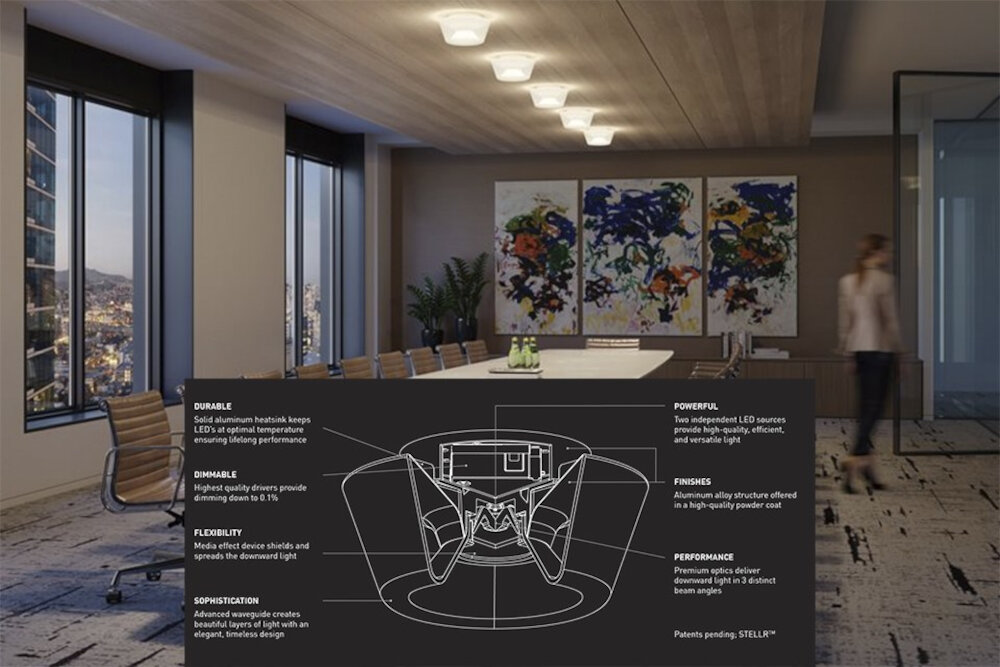
When choosing an integrated LED light, there are several factors that should be considered to ensure maximum efficiency and effectiveness. The first factor to consider is the color temperature of the light. The color temperature determines the color of the light emitted by the LED, ranging from warm white to cool white. The choice of color temperature depends on the purpose of the lighting, as well as personal preference. For instance, warm white is ideal for creating a cozy and inviting atmosphere, while cool white is suitable for task lighting in areas such as kitchens and workspaces. Another factor to consider is the brightness of the LED light. The brightness of the light is measured in lumens, and it determines the amount of light emitted by the LED. The choice of brightness depends on the area to be illuminated, as well as personal preference. For instance, a high brightness LED light is suitable for illuminating large areas such as a living room, while a lower brightness LED light is ideal for creating a relaxing ambiance in a bedroom. Additionally, the efficiency of the LED light should be considered, as it determines the amount of energy consumed by the light. An efficient LED light not only reduces energy costs but also has a positive impact on the environment.
Lumens are a unit of measurement used to quantify the amount of visible light emitted by a light source. In other words, it is a way to measure the brightness of a light source. The higher the number of lumens, the brighter the light. This unit of measurement is particularly relevant when it comes to integrated LED lights, as they are renowned for their energy efficiency and ability to produce a high number of lumens per watt. When choosing an integrated LED light, it is important to consider the number of lumens required for your specific application, as this will determine the level of brightness that the light will provide.
Color temperature refers to the hue of light emitted by a light source, measured in kelvins (K). Essentially, it’s a way to describe how \warm\ or \cool\ a light source appears. Lower color temperatures (2700K-3000K) give off a warm, yellowish light that’s often associated with traditional incandescent bulbs. Higher color temperatures (4000K-5000K) produce a cooler, bluish light that’s often used in commercial or industrial settings. It’s important to consider color temperature when selecting lighting for a space, as it can impact the ambiance and overall feel of a room.
CRI, or Color Rendering Index, is a metric used to measure how accurately a light source renders colors compared to natural sunlight. It is expressed as a number between 0 and 100, with a higher number indicating better color rendering. For example, a CRI of 80 means that the colors under the light source will appear 80% as they would in natural sunlight. CRI is an important factor to consider when choosing LED lights for applications where accurate color representation is critical, such as in art galleries, retail stores, and photography studios. A high CRI value is also beneficial in home lighting, as it can enhance the colors of artwork, textiles, and other decorative items while providing a more natural and comfortable living environment.
Dimming capabilities refer to the ability of an integrated LED light to adjust its brightness level according to a user’s preference. This feature is important in creating a comfortable and inviting atmosphere in homes, offices, and other indoor spaces. With dimming capabilities, the amount of light emitted by the fixture can be easily adjusted to match the mood, time of day, or activity taking place in the room. Additionally, dimming can help save energy and reduce electricity costs by lowering the light output when less illumination is needed. Overall, dimming capabilities are a valuable addition to any integrated LED light, providing users with flexibility and control over their lighting environment.
Installation and Maintenance of Integrated LED Light
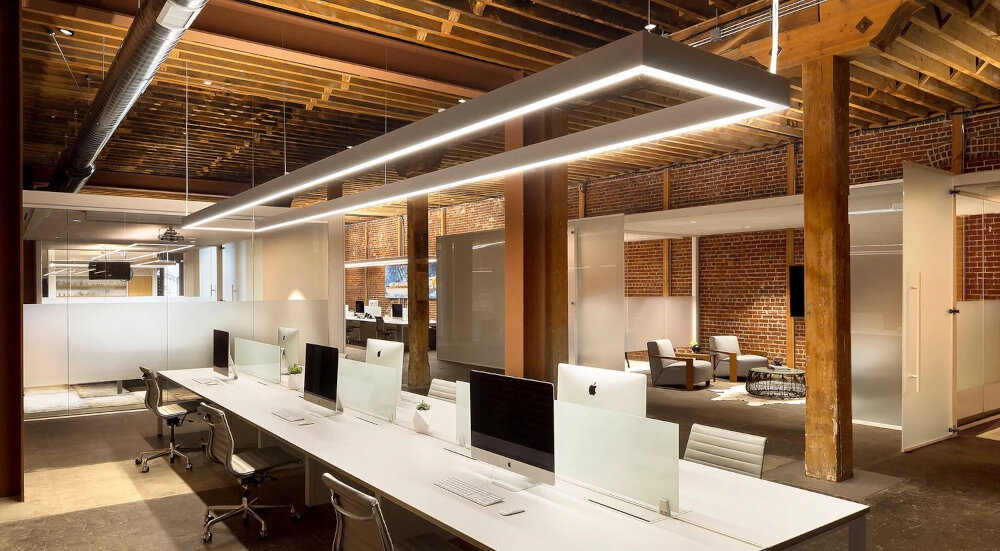
Installation and maintenance of integrated LED light is a critical aspect to consider when using this technology. Integrated LED lights are becoming increasingly popular in residential, commercial, and industrial settings due to their energy efficiency, long lifespan, and low maintenance requirements. The installation process involves several steps, including selecting the appropriate light fixture, preparing the installation site, and connecting the wiring. It is crucial to ensure that the installation is carried out by a qualified electrician to prevent any potential hazards. Maintenance of integrated LED lights is relatively simple compared to traditional lighting systems. These lights have a long lifespan of up to 50,000 hours, which means they require less frequent replacement. However, regular cleaning of the light fixtures is necessary to maintain their efficiency and ensure they remain visually appealing. It is also essential to check the wiring and connections periodically to prevent any electrical faults. If any issues arise, they must be addressed by a qualified electrician promptly. Additionally, it is crucial to use high-quality LED lights and compatible dimmer switches to ensure optimal performance and longevity. Proper installation and maintenance of integrated LED lights can help save energy, reduce costs, and enhance the overall lighting experience.
The installation process of integrated LED lights may vary depending on the type of fixture and location. In general, it involves mounting the fixture onto the desired surface, connecting the wiring, and securing it in place. However, for more complex installations, such as recessed lighting, it may require cutting holes into the ceiling or wall and making electrical connections. It is important to follow the manufacturer’s instructions and hire a professional electrician if necessary to ensure proper installation and safety. With its numerous benefits, including energy efficiency and long lifespan, the installation process of integrated LED lights is a worthwhile investment for any residential or commercial property.
Maintenance is crucial for the longevity of integrated LED lights. To ensure optimal performance, it is recommended to clean the fixtures regularly with a soft cloth and non-abrasive cleaning solution. Avoid using harsh chemicals or abrasive materials that may damage the surface of the fixture. It is also important to check the wiring connections periodically and replace any damaged wires or connectors. Additionally, proper ventilation is necessary to prevent overheating and prolong the lifespan of the LED chips. By following these maintenance tips and tricks, you can ensure that your integrated LED lights continue to provide efficient and reliable lighting for years to come.
When it comes to integrated LED lights, it’s important to keep in mind some common problems that may arise. One of the most frequent issues is flickering lights, which can be caused by either a faulty driver or by overheating. Another problem is the color temperature, which may not match your desired ambiance. This can be solved by selecting the right color temperature when purchasing your LED lights. Additionally, you may experience a decrease in brightness over time due to aging or poor quality components. In this case, it’s crucial to replace the LED chips or the entire fixture. Overall, understanding these common problems and how to troubleshoot them is essential for maintaining the longevity and functionality of your integrated LED lights.
Integrated LED light refers to a lighting system that has a light-emitting diode (LED) chip and a driver built into the fixture. This means the LED is not replaceable, and when the diode eventually fails, the entire fixture must be replaced. Integrated LED lighting is becoming increasingly popular due to its energy efficiency, long lifespan, and low maintenance requirements. It is commonly used in residential and commercial settings, including homes, offices, and retail stores. The ability to customize the color temperature and brightness of integrated LED lights has made them a favorite among interior designers and architects. Overall, integrated LED light is a cost-effective and eco-friendly lighting solution that is quickly gaining popularity in the lighting industry.
The future of integrated LED light is bright, as the technology continues to advance and become more efficient. Integrated LED light fixtures are becoming increasingly popular due to their longevity, energy efficiency, and cost-effectiveness. With the development of smart home technology, integrated LED lights can now be controlled remotely through smartphone apps or voice commands, providing even more convenience and customization options for users. As the demand for sustainable and eco-friendly lighting options continues to rise, it is likely that integrated LED lights will become the standard for residential and commercial lighting in the near future.
In conclusion, integrated LED lights are a major game-changer in the lighting industry. They are energy-efficient, long-lasting, versatile, and offer a range of lighting options that cater to various needs. Understanding the technicalities of integrated LED lights can seem daunting, but with the right knowledge, one can make informed decisions when it comes to lighting choices. It is evident that integrated LED lights are the future of lighting, and with continuous advancements in technology, there is no telling what the future holds for this innovative lighting solution.
Conclusion
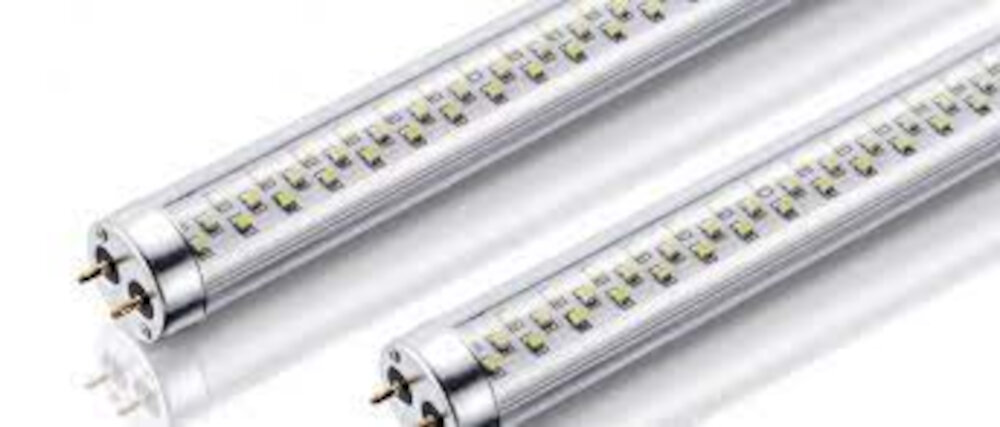
In conclusion, Integrated LED lights are revolutionizing the lighting industry with their energy efficiency, durability, and versatility. They are more than just a light source, but rather a smart solution that can be customized to meet various lighting needs in both residential and commercial settings. Understanding the meaning and applications of Integrated LED light can benefit consumers in making informed decisions when choosing the right lighting solution. As technology advances, the potential for Integrated LED lights to become even more efficient and versatile is promising, and it will be exciting to see how this technology will continue to evolve in the years to come.

